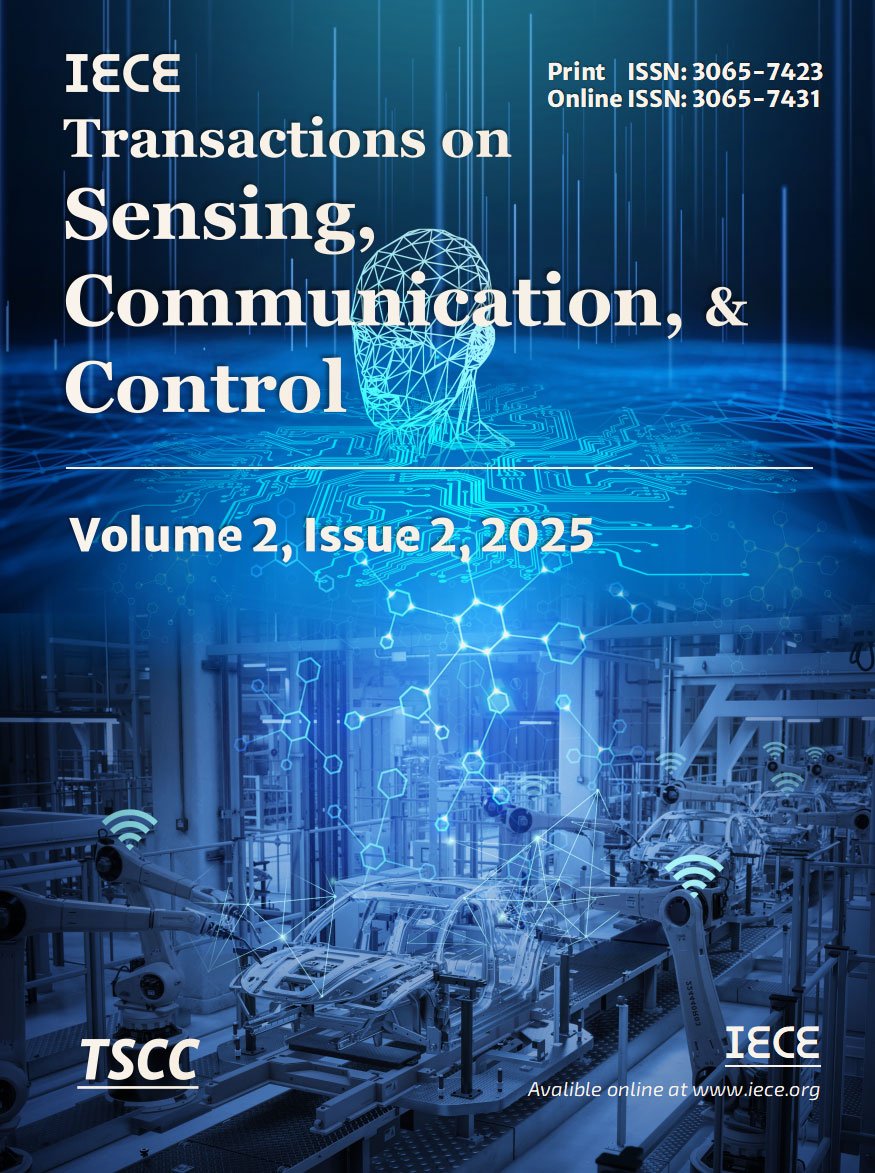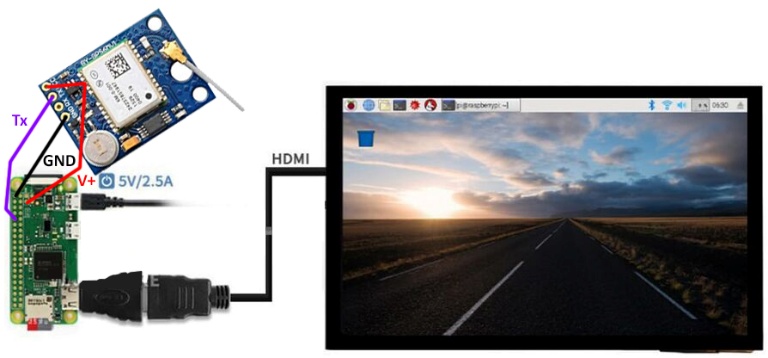Abstract
3D holographic displays on vehicles are a new out-of-home (OOH) advertisement technology offering an interactive and dynamic means of engaging consumers. They enhance advertisement visibility and viewer interaction through the projection of colorful, three-dimensional images in public areas. An Internet of Things (IoT) based holographic advertisement system is presented, integrating remote content management and personalized advertising control. The system includes an Android application that allows users to select and schedule ads displayed on moving vehicles. A GPS module provides real-time vehicle tracking, supporting security and targeted advertisements. Cloud-based storage ensures remote access and data management, allowing content updates from any location. By combining holography, IoT, and cloud computing, this approach modernizes traditional advertisement methods with a scalable, high-technology alternative suitable for contemporary digital marketing.
Keywords
3D (dimensional) hologram
Out-Of-Home (OOH) advertisement
GPS
internet of thing (IoT) interfacing
cloud native
Data Availability Statement
Data will be made available on request.
Funding
This work was supported without any funding.
Conflicts of Interest
The authors declare no conflicts of interest.
Ethical Approval and Consent to Participate
Not applicable.
Cite This Article
APA Style
Farooq, F., Masood, R. J., Khan, M. A, Israr, A., & Zahid, F. (2025). 3D Holography Advertisement On Vehicle Using IoT. IECE Transactions on Sensing, Communication, and Control, 2(2), 85–94. https://doi.org/10.62762/TSCC.2024.554721
Publisher's Note
IECE stays neutral with regard to jurisdictional claims in published maps and institutional affiliations.
Rights and permissions
Institute of Emerging and Computer Engineers (IECE) or its licensor (e.g. a society or other partner) holds exclusive rights to this article under a publishing agreement with the author(s) or other rightsholder(s); author self-archiving of the accepted manuscript version of this article is solely governed by the terms of such publishing agreement and applicable law.


 Submit Manuscript
Edit a Special Issue
Submit Manuscript
Edit a Special Issue

